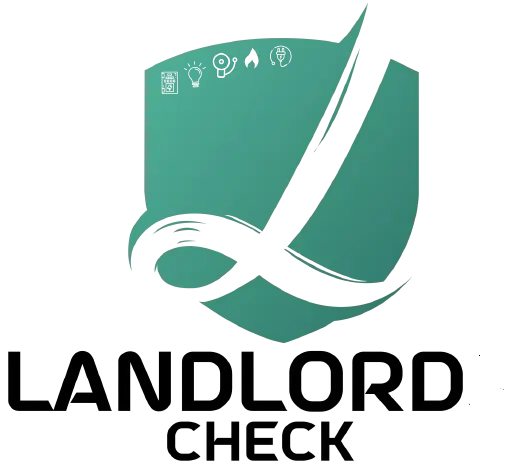The Electrical Installation Condition Report (EICR) plays a central role in this process, providing a comprehensive assessment of the electrical installations within a property. This article explores the EICR guidelines and delves into the specific responsibilities that landlords in London must adhere to for the safety of their tenants.
Understanding EICR Guidelines
The Electrical Safety Certificate EICR is a detailed inspection of the electrical installations within a property. It is designed to identify any potential electrical safety hazards and assess the overall condition of the electrical systems. The EICR is carried out by a qualified and competent electrician, and its primary aim is to ensure the safety of occupants by identifying and addressing any issues promptly.
Landlord Responsibilities in London
Landlords in London are legally obligated to prioritize the safety of their tenants, and this extends to electrical safety. Here are key responsibilities that landlords must fulfill concerning EICR guidelines:
-
EICR Inspection Frequency: Landlords must arrange for an EICR inspection to be conducted at regular intervals. In England, as of 1st April 2021, new legislation mandates that EICR inspections must be carried out every five years or more frequently if recommended by the report.
-
Use of Qualified Electricians: EICR inspections must be conducted by qualified and registered electricians. London landlords should verify the credentials and competence of the electrician hired for the assessment.
-
Providing Copies of EICR Reports: Following the inspection, landlords are required to provide a copy of the EICR report to their tenants within 28 days. If the report identifies any remedial work or further investigations, landlords must ensure these are carried out within 28 days or the timeframe specified in the report.
-
Ensuring Prompt Remedial Actions: If the EICR report identifies any issues that pose a risk to the safety of the occupants, landlords are obligated to undertake the necessary remedial actions promptly. This may include repairs, replacements, or upgrades to the electrical installations.
-
Record-Keeping: Landlords should maintain a record of EICR reports, including previous reports and details of remedial actions taken. This documentation is crucial for demonstrating compliance with legal requirements.
-
New Tenancies and EICR Reports: For new tenancies, landlords must provide a copy of the most recent EICR report before the tenant moves in. This ensures that tenants are aware of the condition of the electrical installations from the outset.
Conclusion
The Electrical Installation Condition Report (EICR) is a fundamental tool in ensuring the electrical safety of properties in London. Landlords play a pivotal role in meeting their legal responsibilities to guarantee the well-being of their tenants. By adhering to the EICR guidelines, using qualified electricians, and promptly addressing any identified issues, landlords contribute to creating safer living environments in the vibrant and dynamic city of London. This commitment to electrical safety not only aligns with legal obligations but also reflects a dedication to the welfare of the community.




